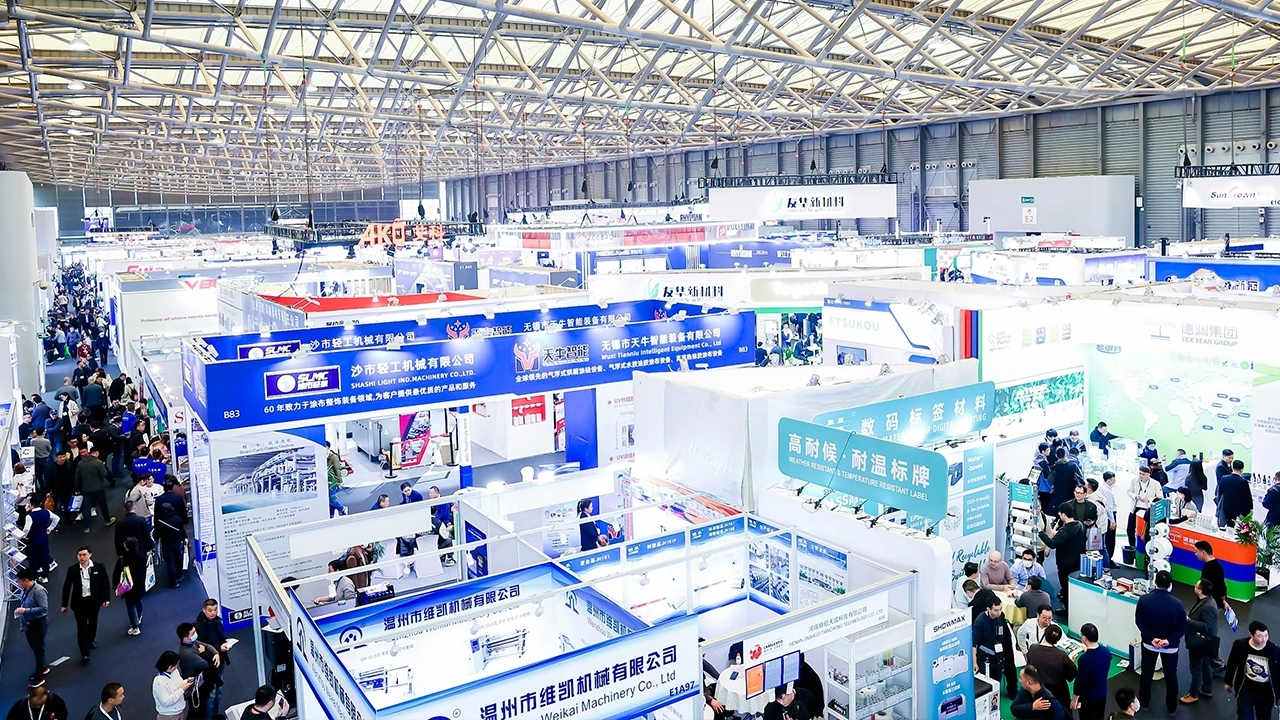Technology diversification in China

China’s label production value chain has matured a great deal in recent years. The rapid rise of China’s domestic secondary market and westward march of industrial production has encouraged many suppliers and manufacturers to establish presence in these cities, providing better service through local offices.
More than 80 percent of China’s label market enterprises are private or are backed by foreign investment. Therefore, the market is able to respond promptly to the evolving needs of the industry. For example, letterpress technology has been developed in China for many years and now is comparatively mature. Yet quality suppliers continue to bring new developments and multifunctional integration to the process. Today letterpress machines offer online coating, die-cutting, cold stamping and multilayer construction capability, and integrated flexography, screen and even digital printheads.
Skilled converters are finding profitable business in combination printing, which can be seen in the PEIAC winners of the WLA awards. Some developments too have been made with satellite-type offset printing based on the satellite rotary letterpress technology.
Flexography continues to move forward steadily in China since the 12th Five-year Development Program of the Printing Industry issued by the country’s General Administration of Press and Publication. In the program, the government promotes the use of flexography for packaging, school text books and government procurement documents. Encouraged by these national policies, installations of flexo machines, especially domestic brands like Ekofa and Donghang in medium widths, have risen sharply. The capability of new equipment introduced by domestic manufacturers such as Purlux, Beiren and Donghang is also improving.
In the narrow web flexo market, foreign brands – such as Gidue, Omet, Mark Andy, Nilpeter and Gallus – continue to find success with machines offering steady performance, flexible designs and user-friendly functions, and hence occupy large shares in the China label printing market. In 2012, Gallus Shanghai Printing Machinery was established.
The production level of flexographic plates in China is low, but a reduction in import taxes on plate materials should support the growth and adoption of the process.
Driven by HP Indigo in the early stages, a number of domestic digital printing manufacturers have launched inkjet presses with independent intellectual property rights, such as Beijing Dugao, Beijing Founder, Beijing Basch and more. Lucky HuaGuang Graphics has also launched a digital UV inkjet press. Weifang Donghang is exhibiting its UV inkjet digital press at the South China Label Show on December 4-6 in Gaungzhou.
Beijing Founder cooperated with Haotian Machinery to launch a hybrid letterpress machine with digital printing, demonstrating the trend for high-value combination printing for packaging. Beijing Founder also cooperated with Dongguan Hontec to assemble a four-color digital UV printing unit on a full rotary letterpress.
China’s economy continues to grow and living standards are improving, bringing increased demand for fast-moving consumer goods and, therefore, higher quality labels and packaging. The future of China’s label market is attracting attention from all over the world.
Read Kevin Liu’s analysis of China’s label market in the Labels & Labeling Yearbook 2013, published before the end of this year.
Kevin Liu, China editor, L&L
Stay up to date
Subscribe to the free Label News newsletter and receive the latest content every week. We'll never share your email address.


